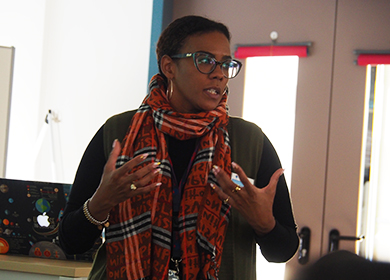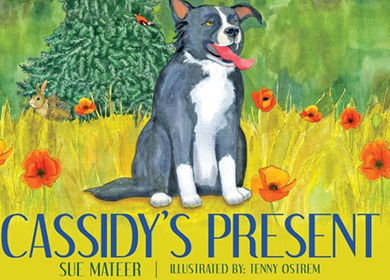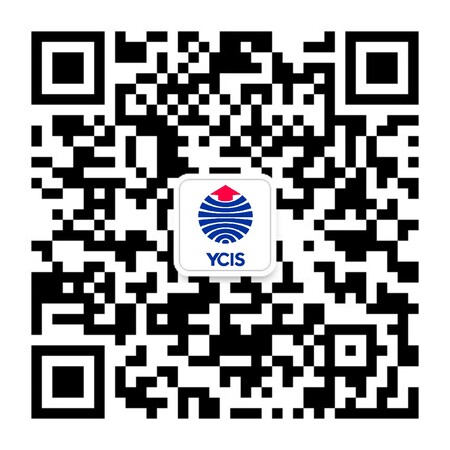Go Back
News
News
Mindful March is Here!
News
11 Mar, 2020
10 : 00
The 21st century is often characterized by people living fast paced lives which leave for a little to no time for living in the moment nor reflecting. The simple and easy flow of life is frequently interrupted by work, school, electronics, and family life. For this reason, initiatives such as Mindful March are essential for serving as reminders that we ought to reduce the pace at which we live daily.
“Mindfulness is the art of being present and is a useful tool for decreasing anxiety and promoting an overall sense of happiness. Simply put, it is paying closer attention to the present moment- blocking out distractions and choosing to focus on the here and now.” this is according to Rachel George, YCIS Beijing’s Councilor.
Observed from the 1st – 31st March, Mindful March seeks to raise awareness and encourage communities to be more present by practicing mindfulness. The practice is as crucial for the YCIS Beijing community as we all continue to maneuver during the period of remote working and learning, however, also because a Holistic Approach to learning is an essential aspect of our pedagogy.
With the current period of uncertainly, Miss George states that “we may find ourselves focusing heavily on the unknowns: When is school going to open? What are the statistics today? When will things begin to get better?” but during mindful March she challenges us to take stock of all the positive things around us and “be mindful and aware of our present moment”
Speaking to why it is important, Rachel explains that “Practicing mindfulness cultivates our understanding that strong thoughts and emotions do not need to overpower us. When we turn our attention towards our present moment experiences, our racing minds tend to slow, and we further develop a sense of self-awareness.”
Self-awareness as a quality not only benefits adults, but it also empowers children to “label their emotions - understanding their emotions are temporary, and utilizing strategies to regulate those emotions.”
Mindfulness begins with small but significant steps that could become habitual if practiced daily. Below Rachel shares five tips:
• Take simple moments to breathe together and focus on your breath. Try one of these deep breathing exercises together.
• Try having a mindful moment together, either in the morning or before bedtimeUtilize one of the free mindful apps available to parents, Stop, Breathe & Think is one of my favorites! It is an award winning app for children, teens and young adults designed to help build emotional strength and improve self-regulation. Ages 4-10: https://kidsapp.stopbreathethink.comAges 10-adult: https://app.stopbreathethink.org
• Create a Feelings JarThis is a good way to help children identify feelings in their body and build confidence in expressing them. Find any jar with a lid and use slips of paper to write down different feelings. Here’s a great list of emotions to start with! (Link to follow) At any time, draw a feeling from the jar and talk about times you have felt that emotion. Research has shown that helping children develop acceptance of their feelings is helpful in reducing anxiety.
• Family Mindful ArtCreate mindful art with your family! Find a large piece of paper and various markers or crayons. Put on relaxing music. Close your eyes and draw lines together; breathing in draw one line, and on the outbreath draw in another direction. Colour them in and you can discuss what you find when you look at the art. Hang it on the wall as a beautiful reminder of your breathing!
• Create a “Mindfulness Corner”It could be in a bedroom or main area. Make it special and uncluttered. You can have everyone in your family put a personal symbol, like a pillow, photo or blanket, in the middle of the room so it becomes like a “zone of peace” that is there at any time. Designating a physical location literally “holds the space” for mindfulness to become a regular family habit, much like sitting down together to eat a meal.
For parents who are contemplating on whether to introduce the concept of mindfulness to their children, here are tips from Rachel;
- Lead by example and take time for yourself daily - even it is only 5 minutes
- Encourage no technology or phones at dinnertime, which will allow your family an opportunity to be mindful during dinner- paying more attention to what each other are saying instead of what is happening online.
- Encourage mindful eating and drinking where you try to name different ingredients in the food, or the texture of a new dessert.
- Encourage your child to take a mindful moment when transitioning from one e-learning activity to the next, or during homework time. 3-5 minutes of deep breathing and stillness can help them refocus.
- Picture books are a great way to engage your children in conversation- no matter what their age!
Here are a few:Cassidy’s Present by Sue MateerInspires mindfulness through the story of a sweet puppy, Cassidy.
The Mindful Dragon by Steve HermanTeaches children the importance of focus and peaceMindful Monkey, Happy Panda by Lauren AlderferSweet story of the friendship between a monkey and a panda.
To maintain a clear mind and reduce stresses and anxiety from daily life, many adjustments need to take place and taking part in Mindful March is one of the steps. Click here to take part in the Mindful March Challenge with your family.














